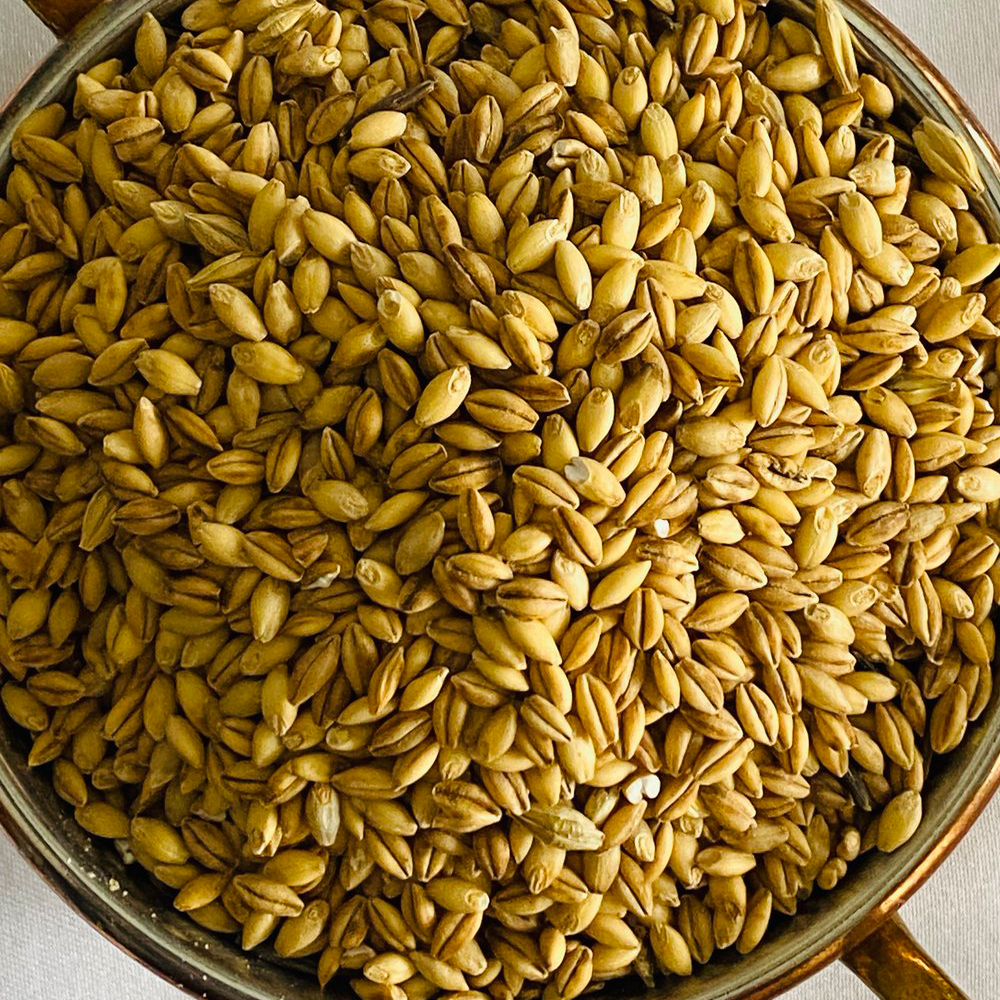
Given the longer cooking times when preparing hulled barley, it is often suggested to cook the grains separately and then add them into any recipe at the end. Barley may also be served on its own with some seasoning as a side dish or in grain salads. Hulled barley can be used as a substitute for starches like rice or potatoes. It can also be used to make hot cereal or added into a favorite soup, salad, or pilaf.
Manufacturer, Exporters, Suppliers
Network Areas Related keywords: Frozen food, Eat Food, etc.
USA: Montana, Nevada, New Jersey, New Mexico, Texas, South Dakota, etc.
Others: China, Myanmar, Nepal, Maldives, Bhutan, Bangladesh, UK etc.
Indian Areas: Bihar, Assam, Gujarat, Himachal Pradesh, Delhi, Mumbai, Orissa, Punjab, west bengal, Madhya Pradesh, Rajasthan, Sikkim, West Bengal, Haryana, Andhra Pradesh, Hyderabad, Maharashtra, Chandigarh, Jharkhand, Uttarakhand, Goa etc.
Hulled wheat is packed with essential nutrients. It is a good source of protein, dietary fiber, B vitamins (such as thiamine and niacin), minerals (including iron, zinc, and magnesium), and antioxidants. These nutrients play vital roles in supporting overall health and well-being.Compared to modern wheat varieties, hulled wheat generally has a higher protein content. Protein is necessary for building and repairing tissues, producing enzymes and hormones, and supporting a healthy immune system.

Hulled wheat can be used in a variety of recipes. It can be ground into flour for baking bread, cookies, and other baked goods.
Hulled wheat contains antioxidants, such as lutein, beta-carotene, and tocotrienols. Antioxidants help protect the body against harmful free radicals.
The dietary fiber in hulled wheat can promote healthy digestion. It aids in maintaining regular bowel movements, preventing constipation.
The soluble fiber in Hulled Barley has been linked to cardiovascular benefits. It can help lower LDL cholesterol (often referred to as "bad" cholesterol) levels.
Copyright © 2023 FORTUNE INDUSTRIES. All Right Reserved